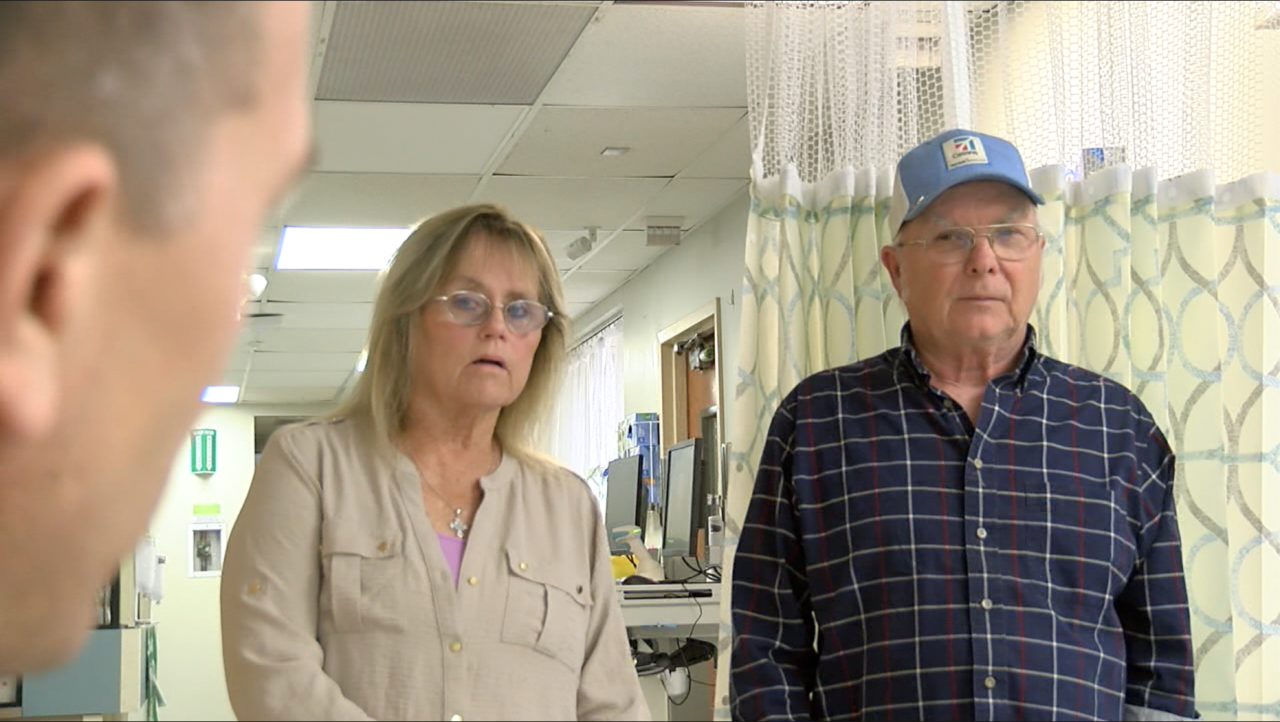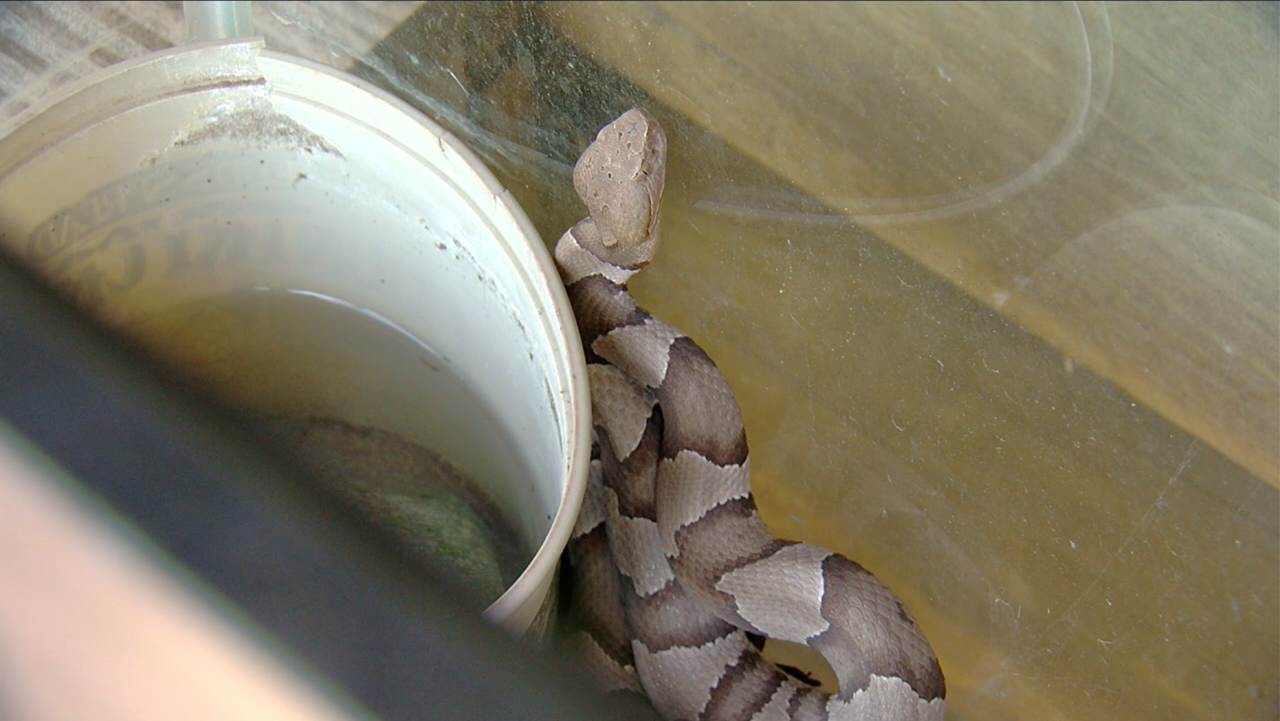PRYOR, Okla. — While lots of people are out and about during the summertime, so are snakes and when the two cross paths, bites can occur.
One Hillcrest HealthCare System official reached out to 2 News and said their hospital in Pryor has seen a bit more snakebites than usual.
They see “maybe one or two" snakebites during an average June, according to Dr. Derek Knotts, Hillcrest Pryor’s emergency department medical director.
“Summer months [are] typically when we see snakebites, in the heat,” he explained. “Normally, for a summer, we know we may see five or six for the whole summer, so four and in a stretch of 10 days was a big stretch.”
One of those snakebite victims was Terri Tugmon.
“I had just said out of my mouth … ‘Isn’t it awesome how our Leroy,’ which is our cat, ‘has kept all the copperhead out of our yard this year?’ And I stepped down and got bit,” she told 2 News and joked Leroy is “not doing a good job.”

While she didn’t step on the snake, she got too close.
As she walked in her front yard one night a copperhead leaped out and bit her foot. She immediately ran to her husband, who took her to the emergency room at Hillcrest Pryor.
Fear then overtook her and at one point, she thought she was going to die.
“I was like 220 on my blood pressure, and my heart started beating really, really fast, and I started breaking out in hives, and I couldn’t hear anything,” Tugmon recalled. “I actually said, you know, ‘God, if this is it, I’m good – but I’d rather not.’”

When a snakebite happens, it’s understandable the dominating feelings are fear and panic. However, Knotts told us there’s no need for either.
“I would say to stay calm because it’s very treatable with appropriate medical care,” he emphasized. “Most people that come to the E.R. and get anti-venom do very well.”

Copperhead bites are the most common in this part of Oklahoma, according to Knotts.
Other venomous species in the state are cottonmouths and five types of rattlesnakes.
7,000 to 8,000 people are bitten by venomous snakes every year across the United States, according to the World Animal Foundation. In 2023, the WAF reported that Oklahoma ranked fourth among U.S. states in snakebites per capita.
If a snakebite happens, call 911 immediately or ask another person to drive to the nearest hospital. The victim should not drive themselves to the hospital.
If possible, take a picture of the snake from a safe distance. That will help identify the species and, thus, how to treat the bite.
While waiting for EMS to arrive, the Centers for Disease Control and Prevention says snakebite victims should:
- Lay or sit down with the bite in a neutral position of comfort.
- Remove rings and watches before swelling starts.
- Wash the bite with soap and water.
- Cover the bite with a clean, dry dressing.
- Mark the leading edge of tenderness/swelling on the skin and write the time alongside it.
The CDC warns to NOT do any of the following:
- Do not pick up the snake or try to trap it. NEVER handle a venomous snake, not even a dead one or its decapitated head.
- Do not wait for symptoms to appear if bitten, get medical help right away.
- Do not apply a tourniquet.
- Do not slash the wound with a knife or cut it in any way.
- Do not try to suck out the venom.
- Do not apply ice or immerse the wound in water.
- Do not drink alcohol as a painkiller.
- Do not take pain relievers (such as aspirin, ibuprofen, naproxen).
- Do not apply electric shock or folk therapies.
Stay in touch with us anytime, anywhere --
- Download our free app for Apple, Android and Kindle devices.
- Sign up for daily newsletters emailed to you
- Like us on Facebook
- Follow us on Instagram
- SUBSCRIBE on YouTube




